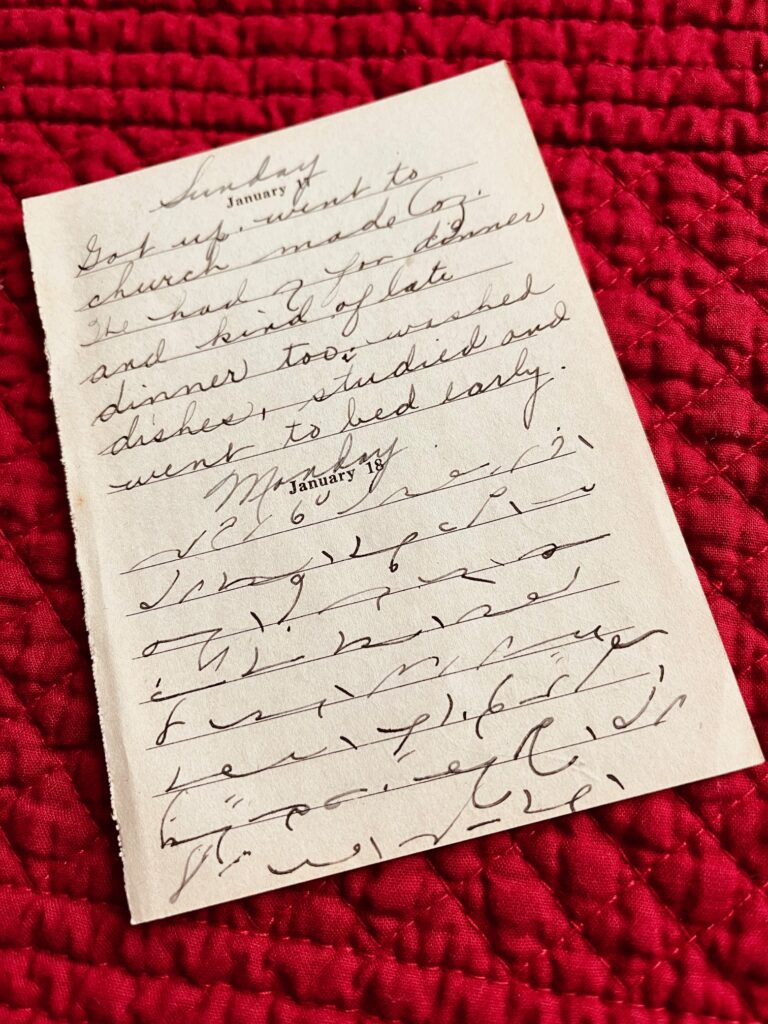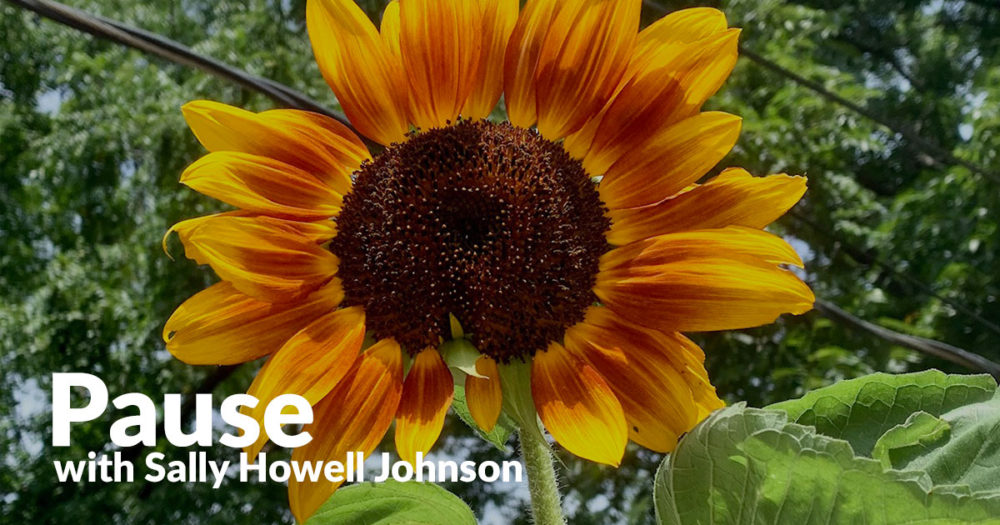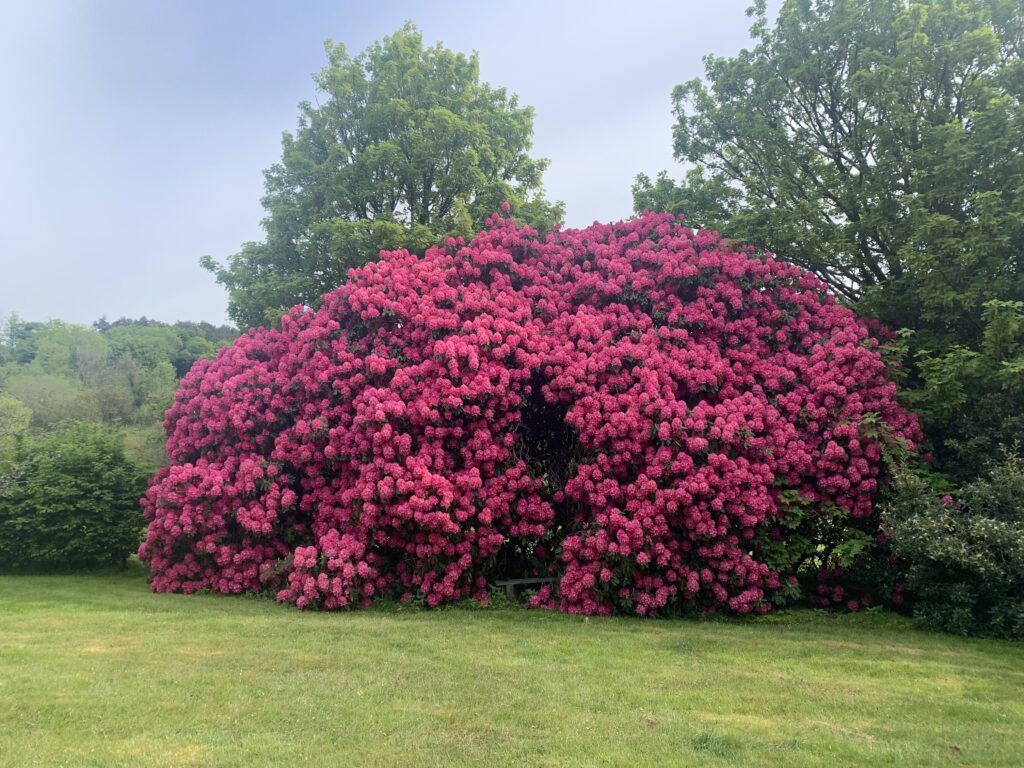Not long ago my older son said something that has stuck with me and I have been mulling over. Holding up a card I had received he said: “Mom, you do know that there is going to come a time when people are not going to be able to read this.” He was referring to the words written in cursive that covered the paper. He then told me that there were times when he struggled a bit with cards or letters I sent him written in my own hand…in a pattern taught by my elementary school teachers…in what I later came to know as the Palmer method.As a pint sized version of myself, I remember looking up at the letters that scrolled along the blackboard, their fully formed alphabet in uppercase and lowercase. As a young reader and writer they seemed a goal to attain, a mark of growing up, of being on my way to higher learning. Being a child who wanted to not only write but who was drawn to the beautiful I sought to write like that with loops and swirls that made ordinary letters soar above towards something larger.
Cursive has fallen out of favor these days. Neither of my children learned it and only now use it for their signatures. Printing is the way of writing and computers are the instrument of stories and papers handed into teachers. I am not saying this is a bad thing. There is a clarity in those boxy words for sure. But I was very heartened by a story I read a few weeks ago in the Minneapolis Star Tribune about two students from greater Minnesota who had won prizes in a cursive writing contest. Zaner-Bloser, an Ohio based company that markets curriculum to elementary schools hosts a national handwriting contest. Reading about the winners made my heart swell!
Last year while volunteering at the local elementary school helping students with reading and some writing skills, one of the children asked me:” Would you teach me how to write fancy?” It took a minute to register what she was asking. Cursive!She wanted to learn to write in cursive. Of course, I was elated to do this since we had some extra time and we continued the practice after our regular lessons were finished. I loved that, at least to her, cursive was fancy.
As a young child I would spend spare time simply practicing ‘writing fancy’. I would pretend to address envelopes in my ever-evolving script. The pinnacle came when I discovered my Mother’s books on shorthand and a whole new world opened to me. I would hunch over the kitchen table copying jots and tittles whose meaning was lost on me. I just liked making this other kind of ‘fancy’ writing.
Recently a friend was at my house and we were making some plans for a project we were creating together. She is someone who does mixed-media art and she showed me this page from an old diary. On the page the writer had written in lovely cursive and then…just in case someone had found the diary…had switched to shorthand for the juicy bits. Seeing this on one page was so satisfying.

I have no idea what the ultimate fate of cursive is. Many things that once were out of fashion return. I can hope. But for now, I salute Caden Baun, a fourth-grader from Lamberton, Minnesota who is headed to the National Handwriting Contest. And also,10-year-old Zita Miller of St. Anne’s Academy in White Bear Lake who took a top prize.
Thank you for your hard work and perseverance and congratulations on keeping ‘fancy’ in the world!

